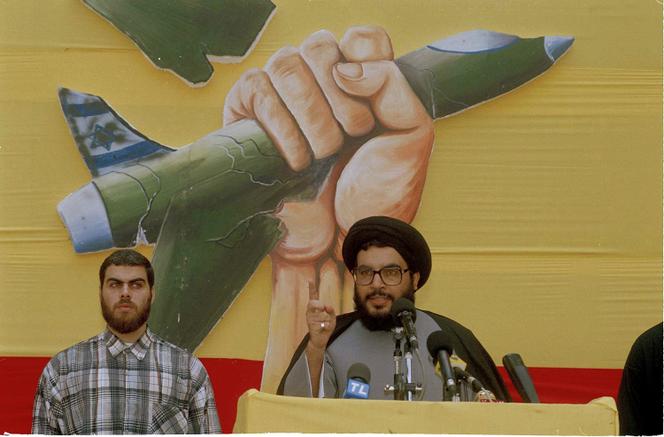


There were 200 of them, maybe 300. Just as Yasser Arafat and the fighters of the Palestine Liberation Organization (PLO) came under fire in the Israeli army's siege of West Beirut in the summer of 1982, a group of young men, all Shiites and religious, were being trained to handle weapons in the Beqaa Valley under the secret supervision of Iranian Revolutionary Guards. Among them was a 22-year-old student of religion, Hassan Nasrallah, who had just completed his second cycle of studies to become a cleric. Forty-two years later, the man who had become Hezbollah's emblematic secretary general died under tons of bombs dropped by the Israeli air force on his headquarters in the southern suburbs of Beirut. He left behind a sprawling organization, hegemonic in Lebanon and Israel's number 1 enemy.
The story of Hezbollah begins in the summer of 1982, at the height of Israel's invasion of Lebanon. The fledgling Islamic Republic of Iran, with its contempt for Israel, had sent an expeditionary force to Syria to fight in Lebanon. But by the time it reached Damascus, it was too late. The Israeli army had invaded the whole of southern Lebanon and was laying siege to Beirut. The Iranian ambassador to Damascus, Ali Akbar Mohtashamipur, had an idea: to form a Shiite guerrilla movement in Lebanon, committed to the ideas of the Islamic Revolution.
Hezbollah only came out of hiding on February 16, 1985, with the publication of an "Open letter to the oppressed of the world," setting out its ideology: anti-imperialist, anti-American, anti-Israeli, anti-communist and finally anti-capitalist. It recognized the authority of the then Iranian Supreme Guide Ruhollah Khomeini and aimed to establish an Islamic state in Lebanon.
Between 1982 and 1985, Hezbollah's activities were mainly devoted to training and establishment. At the same time, however, individuals in Hezbollah's orbit placed themselves at the service of Iran, carrying out suicide attacks against foreign forces in Lebanon. As early as November 11, 1982, 75 Israeli soldiers died in an explosion at the military government's headquarters in Tyre. On October 23, 1983, the American and French headquarters of the Multinational Force in Lebanon were targeted: 241 Marines and 58 French soldiers were killed. At the time, Paris was in conflict with Tehran, notably for its support of Iraq, but also for having suspended the Eurodif uranium enrichment contract signed with the Shah. These attacks, claimed by a mysterious Islamic Jihad Organization, were attributed to Imad Moughniyeh, who also took part in the hijacking of a TWA airliner and the assassination of American citizens. He later became the revered military leader of Hezbollah, before dying in an attack in Damascus in 2008, attributed to Mossad.
You have 76.65% of this article left to read. The rest is for subscribers only.
